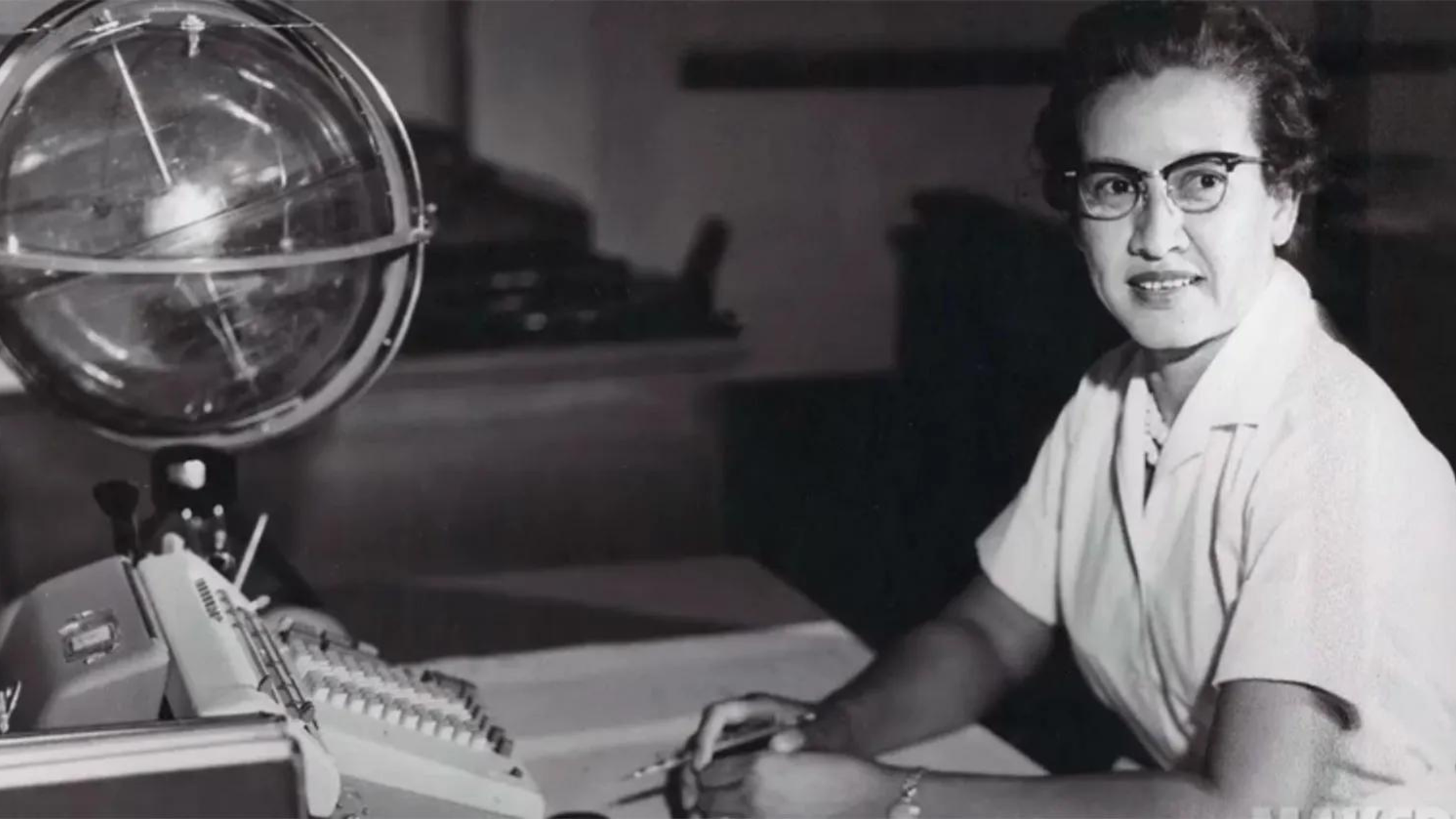
Today, opportunities for women in STEM are beginning to increase, and women in STEM are making a very positive impact around the world. Global initiatives are underway to provide women with the resources, education, encouragement and support that they need to thrive in the fields of science, technology, engineering, and mathematics. (STEM is an acronym for these four fields.) However, there’s still a significant gender gap in these landscapes, and it’s a gender gap that has persevered for decades.
Despite accounting for approximately half of the US workforce, only approximately one third of women (34%) are employed in STEM occupations in the region. The gender gap issue persists around the globe too, with countless women in different countries struggling to enter STEM fields.
However, if we look back through history, we see plenty of evidence that women given an opportunity to pursue STEM occupations have achieved incredible success. Indeed, without women in STEM, many of the innovations we rely on today may never have been discovered.
Below, we’ll celebrate women breaking barriers by looking at 9 women in STEM and their contributions to health and medicine:
9 Women in STEM Who are Changing the STEM Landscape
Though the barriers to opportunities in the STEM environment are much higher for women than men, many female professionals have achieved phenomenal success in this industry. Let’s look at some of the most incredible women in STEM over the decades.

1. Grace Hopper
Born in December 1906, Grace Hopper is best-known as one of the first pioneers of computer programming. In 1934, she earned the honor of becoming one of the first women to acquire a PHD from Yale University for mathematics.
Hopper joined the US Naval Reserves during the second World War, and was responsible for programming one of the first computers ever made, the Mark 1. She believed the development of programming languages would be essential to ensuring computers could be used in a range of scientific and non-scientific applications, and helped to create COBOL, a programming language which accounted for about 70% of all the actively used code in the computing world by the year 2000.
During her life, Hopper was awarded around 40 different honorary degrees from universities around the world. What’s more, in 1991, she received the National Medal for Technology. In 2016, she was also posthumously awarded the Presidential Medal of Freedom.

2. Katherine Johnson
Without women in STEM like Katherine Johnson, human beings may never have had an opportunity to explore outer space. Johnson was hired by a predecessor of NASA as a kind of human computer, responsible for completing complex calculations to support space engineers.
Katherine calculated the trajectory for the very first trip America made into space during 1961. She was also responsible for planning NASA’s route to the moon landing in 1969. Johnson helped to pioneer the use of computers to perform these complex calculations later in her life, and even after computers began to become more commonplace, she was often asked to double-check her work.
The space agency has since recognized Katherine Johnson as one of the most important African American women to work with NASA. In 2021, Johnson was also induced into the National Women’s Hall of Fame posthumously.
3. Ada Lovelace
One of the most important women in STEM history, Ada Lovelace was an English mathematician born in 1815. She was best-known for her work on an early mechanical computer, created by Charles Babbage, known as the Analytical Engine.
Although computers as we know them today didn’t exist during Ada’s lifetime, she is often considered to be one of the world’s first computer programmers. She recognized machines had the ability to do a lot more than just crunch numbers. She also published one of the first algorithms ever to be carried out by a machine.
This visionary woman predicted machines would one day be used to produce graphics, help build scientific discoveries, and even compose music. Today, she’s one of the most recognized names in STEM history, and for good reason.
4. Marie Curie
To many, Marie Curie is one of the most famous women in STEM, and among the best-known female scientists in all of history. She was the first woman to ever win a Nobel prize for her work in chemistry and physics, and she was also the first person to win a Nobel prize twice (in two different scientific fields).
Curie helped to direct the world’s first studies into the treatment of neoplasms, and she even developed mobile radiography units to help ensure field hospitals during the first World War could carry out X-rays. Together with her husband, Curie also discovered two new elements during the late 1800s: radium and polonium.
Throughout her 56 years of life, Curie was responsible for producing many of the innovations which led to the development of medicine and health as we know it today.
5. Barbara McClintock
One of the most important women in the history of genetics, Barbara McClintock was a cytogeneticist and scientist who won the Nobel Prize in 1983. McClintock developed a crucial technique for visualizing maize chromosomes, and even used microscopic analysis to learn more about how genetics worked. She discovered the concept of genetic recombination, and taught others in her field how chromosomes can exchange information.
McClintock produced genetic maps which demonstrated the role of central regions of chromones important in the conservation of genetic information. Unfortunately, much of Barbara’s work was ignored or overlooked during her lifetime, considered too extreme or radical.
It wasn’t until the late 1970s, when researchers learned more about the value of understanding DNA and genetic material, that the scientific community began to take McClintock’s findings seriously.
6. Rosalind Franklin
Another innovator in the world of DNA, Rosalind Franklin was a British chemist who helped to discover the structure of DNA using X-ray diffraction. Though various other pioneers, including Maurice Wilkins, James Watson, and Francis Crick, won the Nobel prize for highlighting the structure of DNA, they couldn’t have completed their work without Rosalind.
Franklin’s discoveries surrounding DNA were often overlooked during her lifetime, although she was recognized for her work regarding the molecular structure of viruses and other materials. As such, Franklin is often considered one of the biggest feminine icons in history, and is sometimes referred to as the “dark lady of DNA”.
Franklin has inspired the development of various DNA-based tests and scientific discoveries over the years. However, her work only got the commendation it deserved after her death.
7. Radia Perlman
Sometimes referred to as the “Mother of the Internet”, Radia Perlman is a computer programmer and network engineer responsible for helping to develop the web as we know it today. She’s perhaps most famous for the invention of STP, or the Spanning-Tree protocol, which has been fundamental to the operation of network bridges.
Perlman’s innovations had a huge impact on how networks in the digital landscape manage and transmit data. She has also made massive contributions to various other aspects of network standardization and design. Perlman currently holds over 100 patents for her work, and has achieved various awards in the computer science landscape.
Relatively recently, Perlman also invented the TRILL protocol, to correct some of the issues developers have encountered with spanning tree technology.
8. Florence Nightingale
Another well-known icon among women in STEM, Florence Nightingale, otherwise known as the “Lady with the Lamp”, is best-known for heroic contributions to nursing and health during the Crimean war. She was even credited for reducing the death rate of people within the war from approximately 42% to around 2%.
Nightingale laid the foundations for professional nursing roles with the development of her own nursing school – the first secular nursing school in the world. The Nightingale Pledge is still taken by new nurses to this day.
Nightingale was also a pioneer of statistical discovery. She’s famous for pioneering the use of the polar area diagram, still regularly used in the data visualization space. Florence also helped to pioneer the use of infographics for the presentation of statistical data.
9. Rachel Carson
Born in 1907, Rachel Carson was a writer, conservationist, and marine biologist, best known for advancing the environmental protection movement. She was a brilliant scientist and a fantastic writer, who inspired countless initiatives towards the preservation of the earth with influential books.
The book “Silent Spring” is widely regarded as one of the most important environmental titles of the 20th century. It highlighted the dangers of chemical pesticides, which inspired the movements which eventually led to the development of the Environmental Protection Agency (EPA) in the United States.
Rachel was awarded the Presidential Medal of Freedom for her work posthumously by Jimmy Carter, and continues to inspire countless environmental groups and scientists to this day.
The Amazing Achievements of Women in STEM
According to studies from across the globe, new opportunities for women in STEM are emerging. However, there’s still significant work to be done to ensure women can thrive in these crucial fields. On a global scale, we need to support women to explore their knowledge of science, technology, engineering, and mathematics as much as possible.
Today, you can celebrate the accomplishments of women in STEM by examining your DNA with a CircleDNA test, which offers you DNA insights which would not be possible without some of the most incredible women working in STEM. With your DNA test, you could even find out if you might be genetically gifted at mathematics or other similar genetic strengths associated with a potential career in STEM.
References:
- NCSES: U.S. and Global STEM Education and Labor Force. https://ncses.nsf.gov/pubs/nsb20221/u-s-and-global-stem-education-and-labor-force
- Pew Research: The typical STEM worker now earns two-thirds more than non-STEM workers.
https://www.pewresearch.org/social-trends/2018/01/09/women-and-men-in-stem-often-at-odds-over-workplace-equity/ps_2018-01-09_stem_1-09/ - Pew Research: Women’s representation in STEM jobs varies by education.
https://www.pewresearch.org/social-trends/2018/01/09/women-and-men-in-stem-often-at-odds-over-workplace-equity/ps_2018-01-09_stem_a-05/ - Pew Research: There are racial earnings gaps in the STEM workforce for both men and women.
https://www.pewresearch.org/social-trends/2018/01/09/women-and-men-in-stem-often-at-odds-over-workplace-equity/ps_2018-01-09_stem_a-09/ - Industry.gov: The state of STEM gender equity in 2022.
https://www.industry.gov.au/news/state-stem-gender-equity-2022#:~:text=Women only make up 36,enrolments in vocational STEM courses





